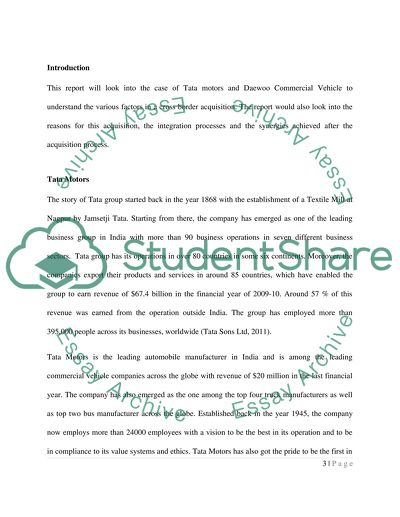Cite this document
(“Tata Motors Acquisition of Dawoo Commercial Vehicles Essay”, n.d.)
Retrieved from https://studentshare.org/engineering-and-construction/1409911-tata-motors-acquisition-of-dawoo-commercial
Retrieved from https://studentshare.org/engineering-and-construction/1409911-tata-motors-acquisition-of-dawoo-commercial
(Tata Motors Acquisition of Dawoo Commercial Vehicles Essay)
https://studentshare.org/engineering-and-construction/1409911-tata-motors-acquisition-of-dawoo-commercial.
https://studentshare.org/engineering-and-construction/1409911-tata-motors-acquisition-of-dawoo-commercial.
“Tata Motors Acquisition of Dawoo Commercial Vehicles Essay”, n.d. https://studentshare.org/engineering-and-construction/1409911-tata-motors-acquisition-of-dawoo-commercial.


